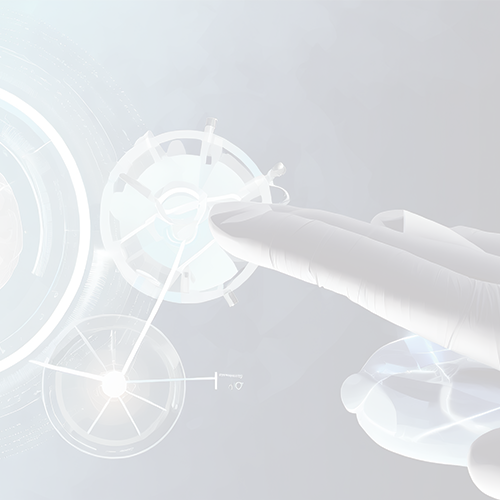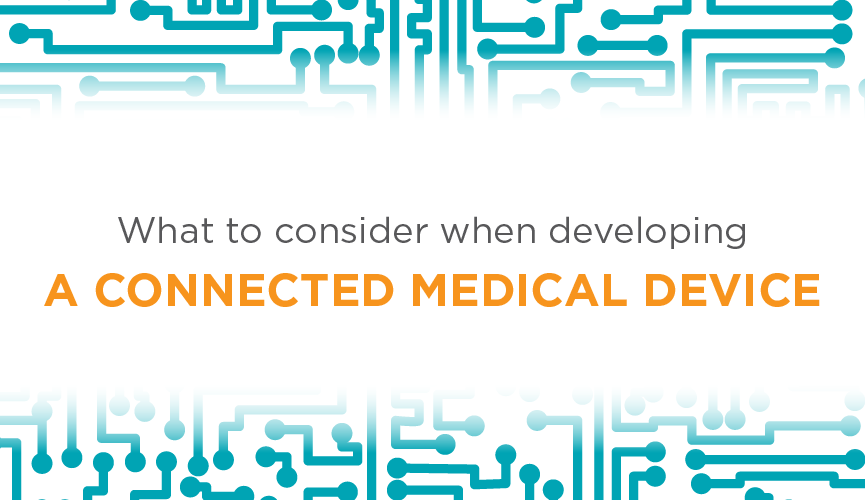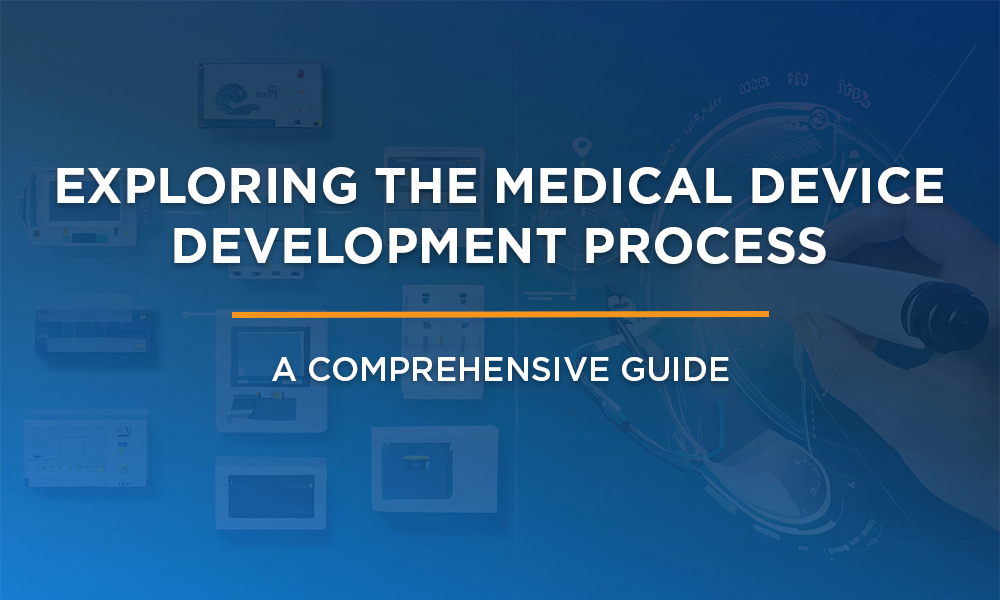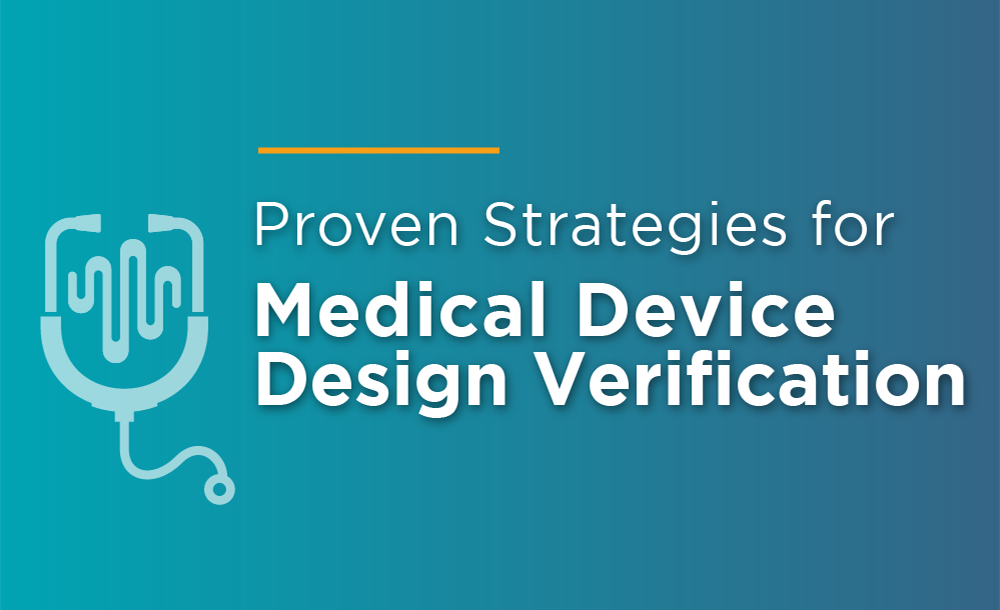What critical factors do you need to think about when building connected medical devices?
The explosion of the Internet of Things (IoT) is transforming the patient experience in remote clinical monitoring, chronic disease management, preventative care, and assisted living.
1) Define what the device is going to do
This seems rather basic, but too many times people do things simply because they can. You need to define what the device is going to do, what data you’re going to collect, what signals you’re going to analyze, what accuracy is required based on whether the device is a wellness or a medical device, etc.
2) Know the market
You need to understand the current state of the market. Is it highly competitive? Is there room for a new competitor? There is a proliferation of wearable, connected medical and wellness devices on the market. There are close to twenty different wellness devices competing with each other not only based on the ability to track your health, but also on simplicity and style. Your claims may define your product as a medical device in the eyes of the FDA, if so, you need to perform specific tasks as part of product development and file information on the product to the FDA for clearance before going to market.
3) Know the user
During the development process, it’s critical to determine who the target user is and create detailed use cases for the device.
4) Decide what the device looks like and how it will be worn
What the device looks like and how it’s worn are very important. Fitness trackers, for example, are designed to measure your heart rate while exercising or your respiration rate while you sleep. You don’t want to design a bulky device with the potential to disrupt your sleep or your workout. Similarly, the underlying components, like the size of the battery or sensors of the device are important to consider as they could influence the size or shape of the finished product.
5) How the device is connected
You need to determine if the device requires a full-time connection to the cloud or if it’s intermittent. There are a variety of means to connect to the internet, like a cabled connection (Ethernet or USB) or a wireless connection (WiFi, Zigbee, or Bluetooth).
6) Evaluate cybersecurity risks
You can never be totally secure, especially with the added component of wireless connectivity. It’s important to perform an assessment that addresses the potential cyber risks and their level of impact on the user. At Sunrise, we can provide a comprehensive hazard and risk assessment to determine cyber-security risks and how they will be mitigated.
Watch the video below to learn more about our experience in developing connected devices.
FAQ’s
1. What are some of the key considerations for developing connected medical devices?
- Defining the device’s purpose and functionality (data collection, signal analysis, accuracy requirements)
- Understanding the market competitiveness and regulatory landscape (FDA clearance for medical devices)
- Identifying the target user and creating detailed use cases
- Designing the device for user comfort and wearability (considering factors like size, weight, and battery life)
- Determining the appropriate connectivity method (continuous vs. intermittent, wired vs. wireless)
- Evaluating and mitigating cybersecurity risks
2. Why is it important to define the device’s purpose clearly?
A clear understanding of the device’s function helps determine the type of data it collects, the required accuracy, and ultimately whether it falls under medical device regulations.
3. How does market research impact connected medical device development?
Market research helps identify existing competition, potential user needs, and the overall viability of the product in the current market landscape.
4. Why is user focus important in the development process?
Designing for the target user ensures the device is comfortable, easy to use, and meets their specific needs. Detailed use cases help identify potential challenges and refine the design for optimal user experience.
5. What are some factors to consider when designing the look and feel of the device?
- Size and weight: The device should be comfortable to wear and not disrupt the user’s activities.
- Battery life: The design should accommodate a battery that lasts for the intended use case.
- Aesthetics: The device’s appearance can impact user acceptance and adoption.
6. What are the different connectivity options for connected medical devices?
- Wired connections: Ethernet or USB for continuous and reliable data transfer.
- Wireless connections: WiFi, Zigbee, or Bluetooth for more flexibility and user comfort, but with potential trade-offs in power consumption and range.
7. Why is cybersecurity a concern for connected medical devices?
Wireless connectivity introduces potential security risks, such as unauthorized access to patient data or manipulation of device functionality.
8. How can Sunrise Labs help with developing connected medical devices?
Sunrise Labs offers expertise in various aspects of connected medical device development, including:
- Defining device functionality and navigating regulatory requirements.
- User research and use case development.
- Design for usability and wearability.
- Cybersecurity risk assessment and mitigation strategies.







